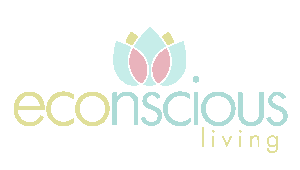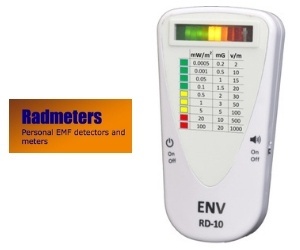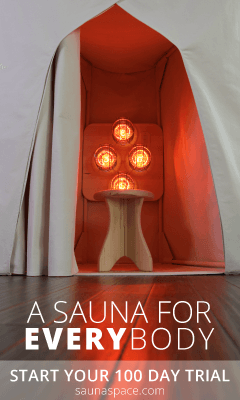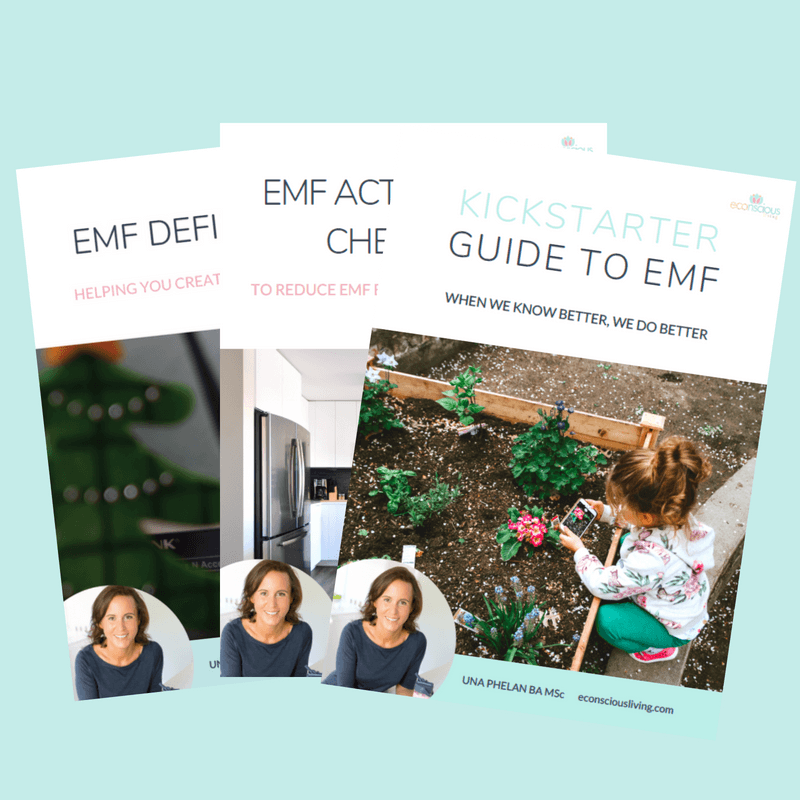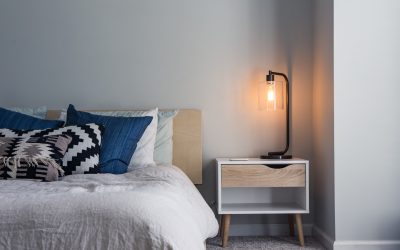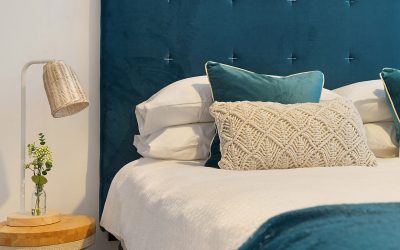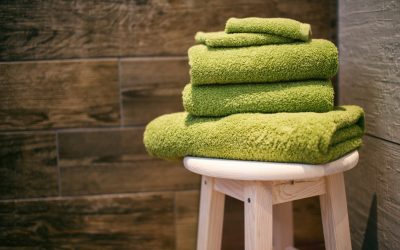The 6 Pillars of a Natural Home That’s Truly Healthy
When it comes to creating a natural home for your family, there are a lot of factors to consider and some are more obvious to us than others. Take chemicals, for example. Most of us are aware that the cleaning products we use in our homes are full of toxic chemicals, which is why we search for natural alternatives.
What if I told you there are actually six pillars of a natural home?
Whether you’re somebody who suffers from allergies, long-term health problems, or you’re simply savvy to the fact that our living environment directly affects our wellbeing, here are the six things to consider when making your home more natural:
Electromagnetic fields (EMF)
Water quality
Light quality
Air quality
Allergens
Chemicals
Perhaps you’re about to build your first home, move house, or optimise your current home. No matter which it is, take note of the six pillars below and get in touch if you need any help at all.
Electromagnetic fields (EMF)
Every single day, we are all exposed to unnatural levels of electromagnetic fields, also known as EMF.
Electromagnetic fields are complex and hard to explain without going into lots of scientific jargon and detail. I give a detailed explanation of EMF in my Kickstarter Guide to EMF eBook.
In a nutshell, though, an EMF is a field of energy created by electrically charged objects. You cannot see, feel, or hear EMF, except for visible light.
There exists something called the ‘electromagnetic spectrum’. This spectrum shows the range of different types of electromagnetic fields, sorted by frequency. Take a look at the image below:

You see in the middle we have visible light/sunlight. The EMFs emitted from natural light sources are the types Mother Earth and all natural light forms evolved from.
However, since the invention of Thomas Edison’s electric light bulb and Alternating Current (AC) electricity, over one hundred years ago, we have been exposed to man-made EMF.
The types of technologies that use or give off man-made EMF include:
- Mains electricity
- Radio
- TV
- Mobile phones
- Microwave ovens
- WiFi
- Infra-red visible light
- Ultraviolet X-rays
In other words, the very technologies we have in our homes and in the areas surrounding us, are exposing us to higher levels of radiation than our bodies should be exposed to.
Our wireless devices emit a two-way microwave radio that sends and receives a type of non-ionising electromagnetic radiation. We keep these devices in our bedrooms, by our beds when we sleep at night, in our most used rooms, on our laps in the living room and in our pockets.
When you consider that we are electrical beings, with a mild electrical current running through our cells, how could we not expect long-term exposure to electrical forces millions of times stronger than those we evolved from to have an effect on us?
So, if you want to create a truly natural home that’s healthy for you and your children (who are more at risk from EMF dangers than us adults), reducing EMF should absolutely be a priority.
You can read more about EMF and the actions you can take to reduce your exposure in any of these blogs.
Water quality
Before reaching our home, chemicals are added to our water supply for a variety of reasons.
For example, chlorine is added to kill pathogenic bacteria, parasites and viruses. Fluoride is added to prevent tooth cavities and decay.
Some of these chemicals like chlorine may do a great job but they still remain in our water by the time it reaches our kitchen sink. Others, we may well be better off without, like fluoride (you can read more about that controversial statement in my blog ‘Is Fluoride Bad For You & Your Children?’).
Alongside these intentionally added chemicals, contaminants make their way into our home water supply, such as heavy metals, pesticides, asbestos, and even drug residues and plastic.
This means that by the time we turn on our tap and fill a glass, we are ingesting more chemicals and toxic nasties than we sometimes realise.
It’s not just the water we drink either. It’s the water we shower and bathe in.
Naturally, all of these substances in our water have effects on our health. Chlorine is a severe skin and lung irritant, so if your child suffers from eczema you might notice they have a flare up after showering.
Even without skin conditions, the chlorine in our water dries our skin out and ages us.
As for our drinking water, you don’t need me to tell you that drinking particles of plastic and pesticides is not good for you.
All of these contaminants are toxic and, depending on the types and the amount you ingest, could result in anything from nausea and vomiting to arthritis and even certain types of cancer.
That’s why I always recommend testing the water quality in your home and investing in a great home water filter as one of my main actions for concerned homeowners.
Light quality
Indoor lighting is another area we don’t stop to think about often enough.
Our bodies are programmed to recognise the difference between night and day. When we see natural blue light, it sends a message to our body and our brain that we should be awake and alert.
Likewise, at night when blue light is absent, the circadian rhythm in our bodies recognises it’s time to sleep.
This basic physiological response to natural blue light is one that exists from our earliest days as humans on Earth.
As man and technology have evolved, so have our man-made light forms. We transitioned from campfires and candlelight to the electric lightbulb, LEDs and fluorescents.
Nowadays, we illuminate our homes after dark with artificial light, also known as ‘junk light’.
The problem with this is that these man-made light forms still give off blue light, which messes with our bodies natural clock.
What’s more, in nature, blue light is always accompanied by red light.
Red light is massively good for us and counteracts the effects of blue light. It’s healing and has been proven to stimulate, regenerate and protect injured or degenerating tissue. It improves our mitochondrial function, decreases skin inflammation, repairs sun damage, fades scars, builds collagen and so on.
The typical lighting in a standard home does not contain red light, just blue.
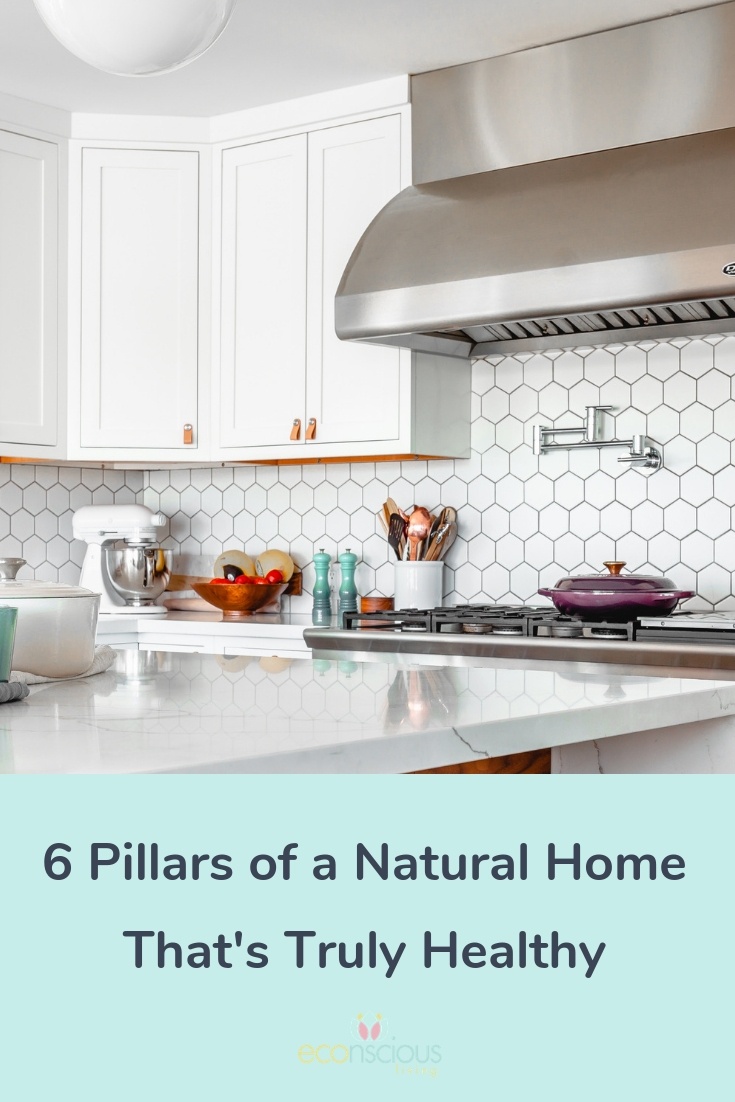
In isolation, blue light can be very damaging to our health.
As I explain in this blog all about indoor lighting, blue light can damage the photoreceptors in your eyes (melanopsin) as well as our skin, suppress melatonin, harm sleep, damage mitochondria and accelerate ageing and disease. It has been linked to myopia (short-sightedness), age-related macular degeneration, obesity, diabetes and Parkinson’s Disease as well as depression.
So, to make your home as natural and healthy as it can be, you need to assess and hack your light quality.
Air quality
When we think of air pollution, we usually picture city smog, vehicle fumes, and smoking chimneys. In reality, you may be surprised to know that our indoor air quality can be ten times more polluted than outdoors!
This is a problem for our health simply because we spend so much of our time indoors.
A typical home will contain fragrance, dust, chemicals, noxious gasses, mould, and more. The more natural you can make your home, the more you will avoid some of these irritants and improve your indoor air quality.
Obvious symptoms of poor indoor air quality are asthma, allergies, sneezing, wheezing, and headaches.
There are a few more sinister health problems linked with poor air quality though, including increased risk of heart attack and stroke, and some cancers.
As I talk through in this blog about air quality testing, approximately 24% of the population is genetically susceptible to the development of Chronic Inflammatory Response Syndrome (CIRS) because they cannot make antibodies to deal with mould and biotoxins. As a result, their immune systems go into overdrive when exposed and they don’t shut down.
It’s not all doom and gloom though! There are plenty of simple actions you can take to improve the quality of the air in your home, including ventilating well by opening windows and doors, removing any known chemicals, quitting the use of fragranced products, and opting for natural choices in flooring, bedding and paint to avoid toxic gasses. A great quality air purifier should also be seriously considered.
If you want to create a natural home for your family, air quality is a major factor to consider.
Allergens
Now this one follows on nicely from air quality because naturally, allergies are often triggered by the quality of your air.
Saying that, there are other allergy triggers that come from non-natural sources in the home, such as:
- contaminants in your domestic water supply
- skincare, fragrances and cleaning products
- dust and house dust mites
- pests such as cockroaches, mice and rodents
- pets such as cats, horses, rabbits and dogs
- petroleum by-products
pollen coming from outdoors – seasonal symptoms may be a clue here - tobacco smoke – unfortunately, contains hundreds of chemicals
pesticide drift from outside or bought in on your shoes
I’ve written about what causes allergies in the home in depth but in summary, allergic diseases have doubled in western countries over the last 25 years.
According to the USA National Institute of Health, the strongest risk factors for developing asthma are indoor allergens such as house dust mites in bedding, carpets and stuffed furniture, cat dander and cockroach allergens.
This biggest challenge for those of us who want to create a natural and healthy home then is how to tackle problems such as house dust mites and others with natural solutions.
It can be tempting to default to harsh chemicals to clean the house but that’s not the answer.
There are a number of toxin-free actions you can take to reduce allergens in the home and you can learn more about those here.
Chemicals
The last of the six pillars of a natural home but certainly not the least, is chemicals.
As I said earlier, chemicals in cleaning, personal care, and cosmetic products are a topic that’s more widely spoken of in the media and online. This means it’s often the first port of call for anyone trying to make their home healthier and more natural.
Now, the biggest challenge with chemicals is knowing what to look for. Clever marketing and greenwashing can confuse us and make a product that does contain harmful chemicals appear natural and a good choice.
It’s easy to become overwhelmed when reading lists of ingredients on products we’re considering purchasing. The first tip is that if the product has a long list of ingredients and the names are difficult to read, it’s probably not natural, so put it back.
I should also point out that there are items within our homes that you might not realise even contain chemicals. For example, non-stick cookware and bakeware and our child’s lunchbox or water bottle.
The best thing you can do when it comes to eradicating chemicals from your home as much as possible is to empower yourself with knowledge. Below are a couple of blogs to help you do just that:
- The Harmful Ingredients in Skincare Products to Avoid
- The Toxic Chemicals in Cleaning Products Revealed
If you need a helping hand, you can arrange one of my Chemical Detox Assessments and I can actually take care of removing and replacing chemicals in your home for you, including organising all of the shopping for you, if you prefer!
I hope this summary of the six pillars of a natural home that’s truly healthy has given you a good roadmap on what to tackle when you build, renovate, or optimise your living environment.
Don’t feel stressed by the number of things to do, pick one pillar first and tackle that as best you can. Prioritise by what’s most important to you and the rest can follow suit in good time!
As always, you can get tailored advice by arranging one of my eco consults. Or, book in for one of my healthy home assessments if you want a more comprehensive and personalised experience with affordable options tailored to your needs.
This blog post contains affiliate links, which means that if you buy one of the products I recommend through a link here, I earn a tiny commission. I only recommend products that I, myself, use. I will never recommend to you something that I haven’t tried and tested! Please feel free to send me a message if you want to know more about any of the products I share on the blog.
Related Posts
What light is best for sleep?
What most of us don’t know is that the quality of our sleep is controlled by our light environment: both day and night.
The Best Natural Pillows For Better Sleep
If you truly want to make a simple upgrade in the bedroom that will change your health then keep reading to find the best natural pillows for better sleep
Why You Should Have a Home Sauna for Better Health
Quite simply if there was a pill that did ALL the things that research is showing us saunas do, you would be taking it. Here’s why and my recommendations
